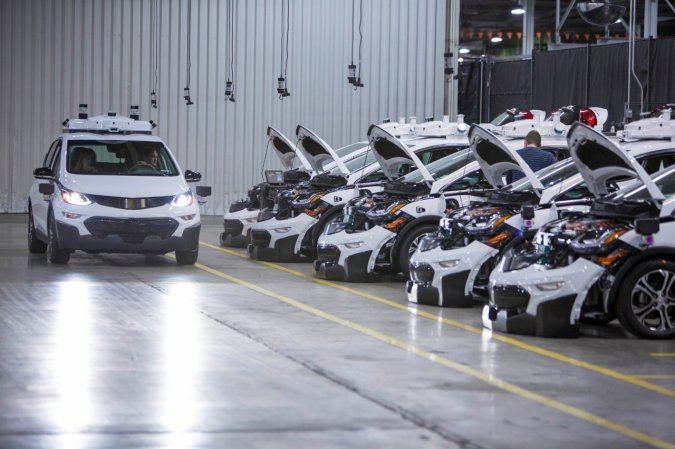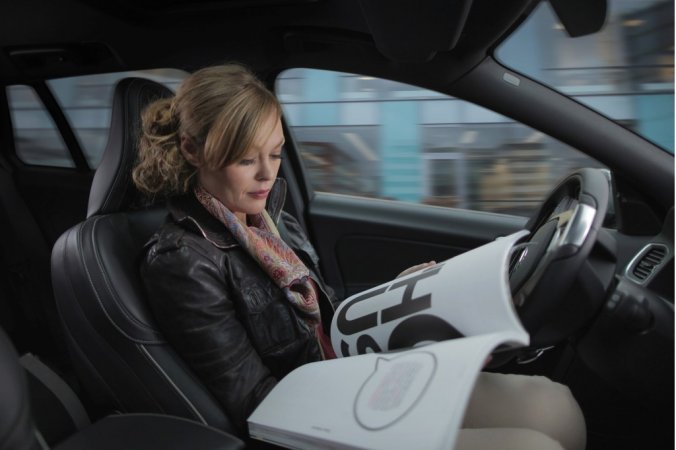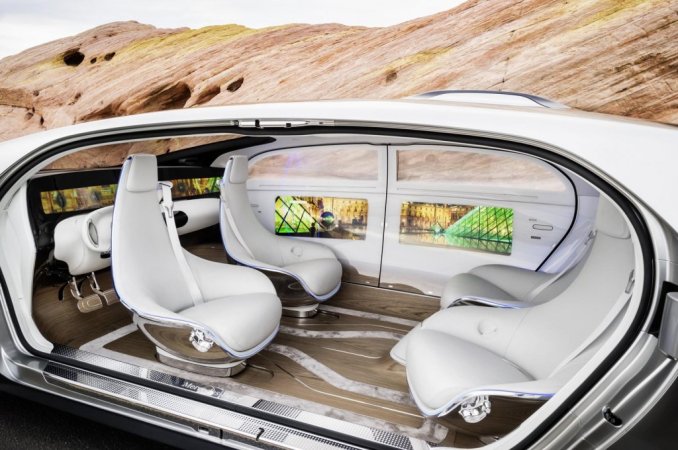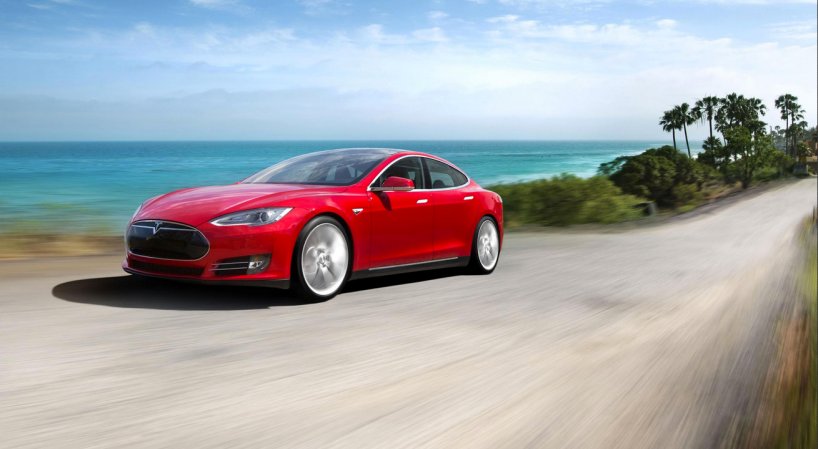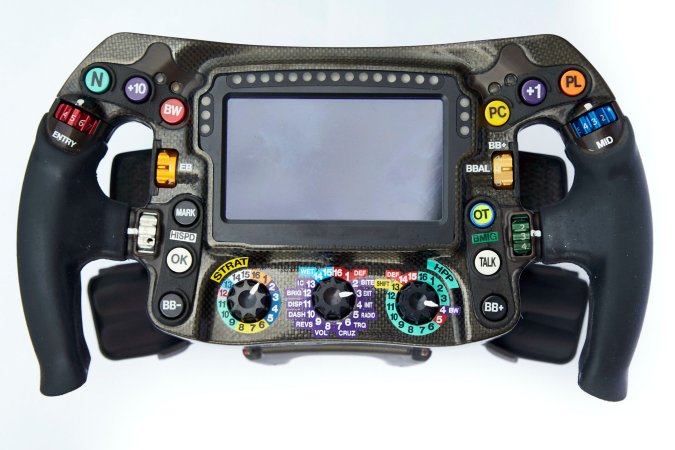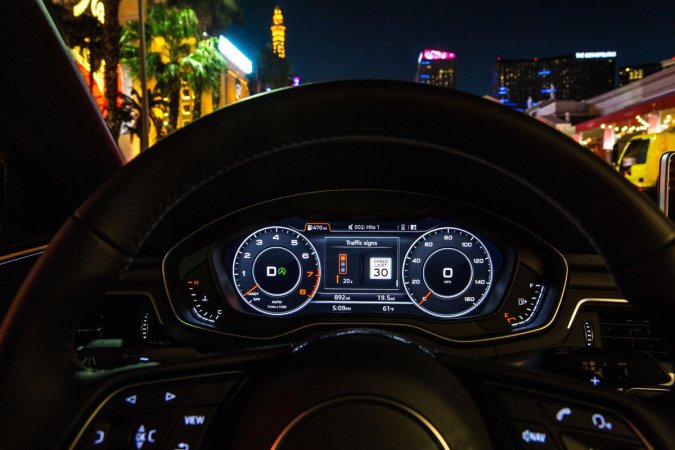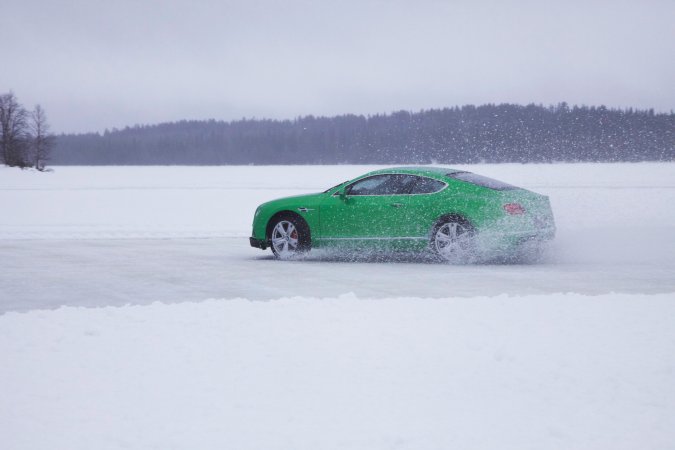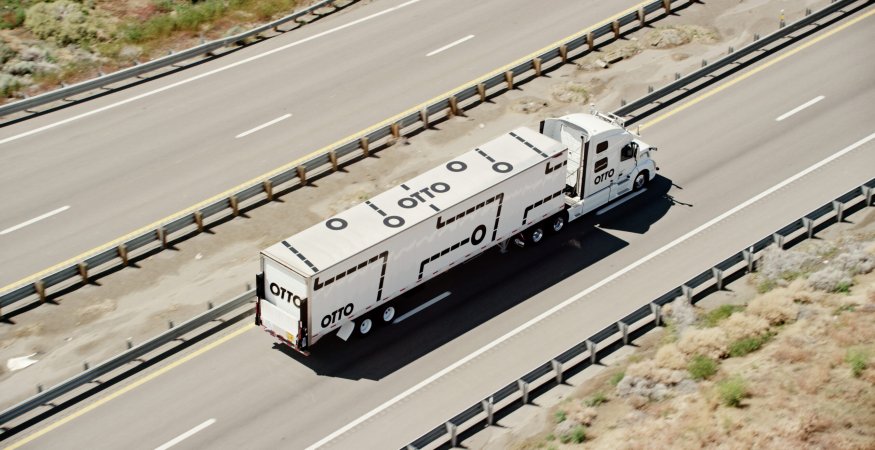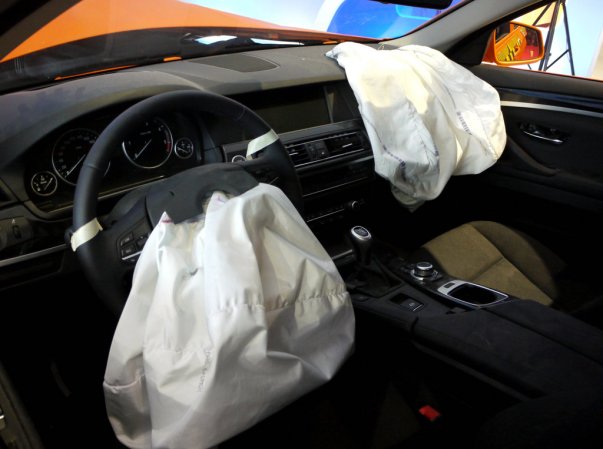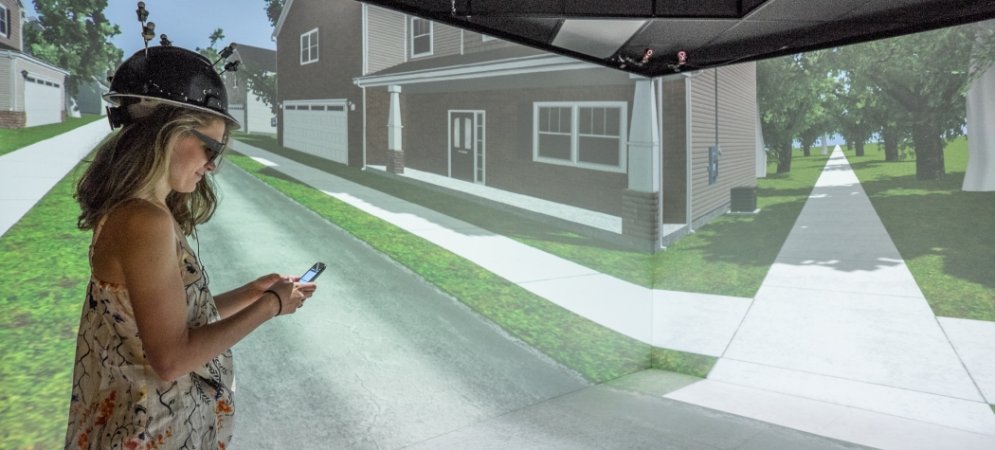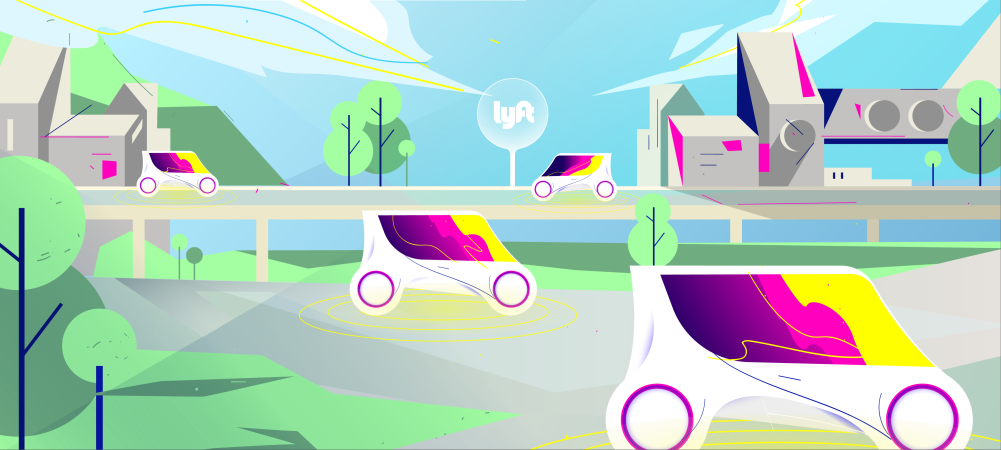

Autonomous vehicles aren’t typically aggressive drivers, and can have issues with maneuvers such as left turns. Companies like Waymo and Zoox have built, or are working on, high-tech taxi-service vehicles that use perception systems to see the surrounding environment and can transport people around the streetscape.
Then there’s Toyota. The Toyota Research Institute (TRI) just released a video that shows a modified Supra screeching its tires as it drifts around obstacles on a track. The vehicle’s occupant, Jonathan Goh, may have been in the left-hand seat, but the car was doing the fancy driving.
Drifting a vehicle on purpose is not something most people would ever do, and the main reason someone might experience something like it is when their car is skidding sideways, if they hit ice or otherwise lose control of the car.
“Drifting is usually defined as purposefully sliding the rear tires of the vehicle, to destabilize the car,” Goh, a research scientist with TRI, explains. “Where the vehicle is going is significantly different from where the vehicle body is pointing.”
In other words, the nose of the car points in one direction, but the vehicle itself is sliding another way, like an airplane crabbing in crosswinds while landing.
In this case, the Toyota car in the video below wasn’t outfitted like a traditional self-driving vehicle. It didn’t have a perception system, like lidar sensors, to see the world around it. It did have the ability to localize itself, though, so it could know where it was on the track, explains Avinash Balachandran, a senior manager at TRI.
[Related: Before self-driving cars can get safer, they need to push their limits]
“It’s a car that has the lane boundaries and obstacles programmed into it, and then it plans the route and drives,” he says. “What it’s trying to do is actually stay within the lanes.” It’s figuring out how to do all this, and choosing the exact route through the track and around those obstacles, while recalculating the path it wants to take each twentieth of a second.
They also gave the vehicle instruction to drift. They told it to try to “maximize side slip—or get to specified, targeted side slip,” says Goh.
So what’s the point of doing all this, besides the chance to produce a slick video showcasing Toyota’s skills? Balachandran says it relates to the kind of edge events human drivers might experience when their car loses traction. “If you are hitting a patch of ice, or you have to do a very aggressive lane change—let’s say an obstacle jumps in front of you, and you need to do an aggressive lane change—you are really in a traction-limited situation,” he notes. “And regular drivers typically find that very hard to control.”
[Related: How the DOT wants to prevent thousands of traffic deaths]
The goal is for them to take the data they’ve learned from this research and then perhaps bake new skills into forthcoming Toyota safety or autonomy systems. “We are learning a lot about fundamental vehicle dynamics, and how we can use those kinds of insights and technologies to improve safety for drivers now,” he says.
What the vehicle in the video is executing is pretty challenging, he adds. “The car is doing things that actually I and Jon can’t do as drivers,” Balachandran says.
Watch the video, below:

